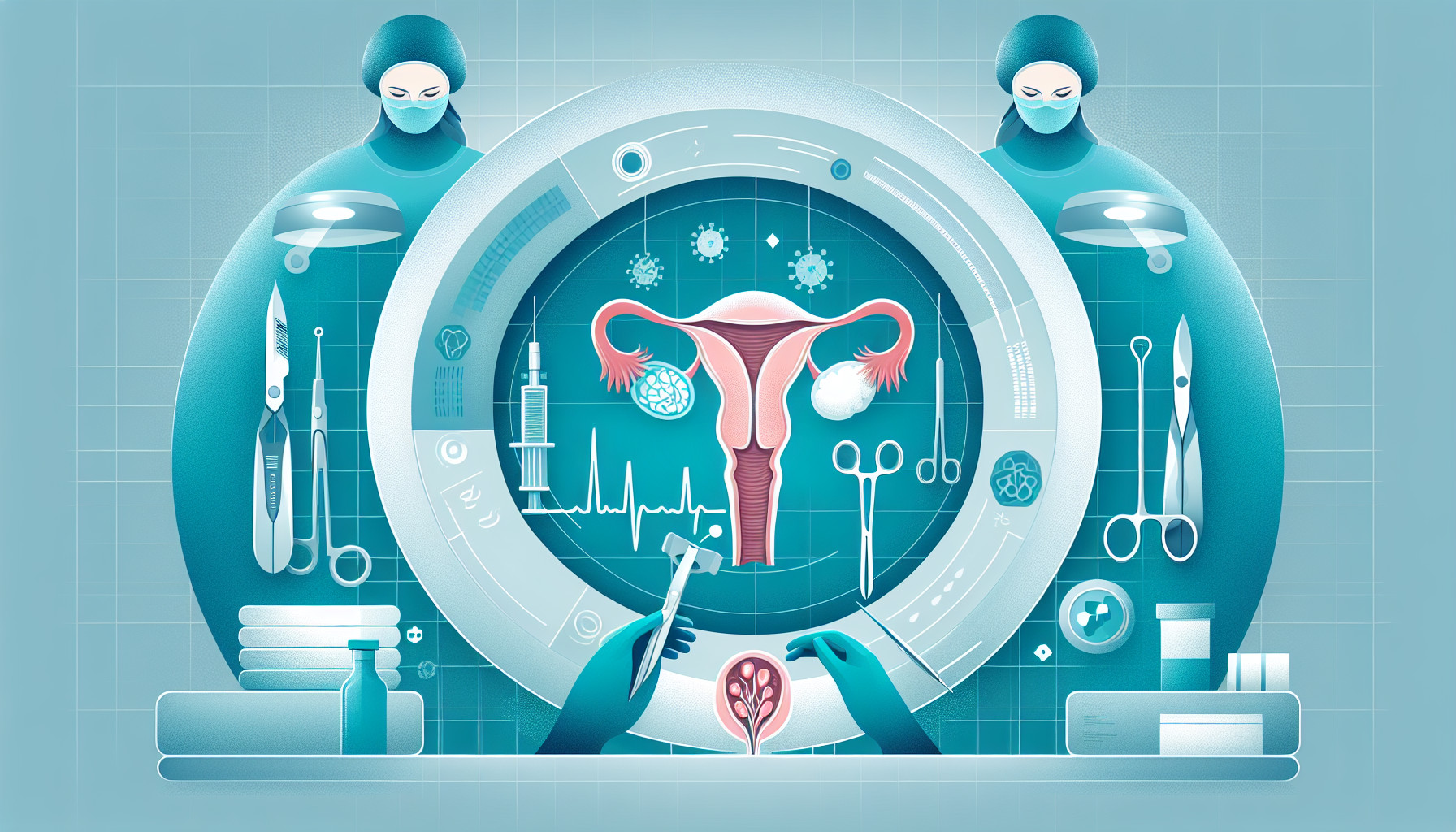Our Summary
This research paper describes a case of a baby girl who was born with an ovarian cyst that had become a hemorrhagic cystic mass due to twisting. This cyst was first detected before she was born and was initially believed to be a type of kidney tumour. However, after further investigation via ultrasound and MRI, it was identified as a cyst in the left ovary. The cyst, which had twisted twice, was removed in a keyhole surgery when the baby was a week old. The baby was then discharged without any complications. The paper suggests that healthcare providers should consider the possibility of ovarian cysts when they detect cystic masses in unborn babies. Depending on the size of the ovarian cyst and other clinical findings, an appropriate care and treatment plan should be developed.
FAQs
- How was the ovarian cyst in the baby detected before birth?
- What procedure was used to remove the ovarian cyst in the baby?
- What should healthcare providers consider when they detect cystic masses in unborn babies according to the research paper?
Doctor’s Tip
A doctor might advise a patient undergoing ovarian cyst removal to follow post-operative care instructions carefully, including avoiding heavy lifting and strenuous activities for a period of time to allow for proper healing. They may also recommend taking prescribed pain medication as needed and attending follow-up appointments to monitor recovery progress. Additionally, the doctor may advise the patient on potential signs of complications to watch for, such as excessive bleeding, fever, or severe abdominal pain, and when to seek medical attention.
Suitable For
In general, patients who are typically recommended ovarian cyst removal include:
- Patients with ovarian cysts that are causing symptoms such as pain, bloating, or pressure in the pelvic area.
- Patients with ovarian cysts that are large in size (typically greater than 5 centimeters).
- Patients with ovarian cysts that are complex in nature, such as hemorrhagic cysts or dermoid cysts.
- Patients with ovarian cysts that are suspected to be cancerous or have a high risk of becoming cancerous.
- Patients with recurrent ovarian cysts that do not resolve on their own or continue to grow.
- Patients who are postmenopausal and have ovarian cysts, as they have a higher risk of ovarian cancer.
- Patients with polycystic ovary syndrome (PCOS) who have large or symptomatic cysts that are affecting their fertility or causing hormonal imbalances.
It is important for healthcare providers to carefully evaluate each patient’s individual case and consider factors such as the size, type, and symptoms of the ovarian cyst before recommending surgery. Additionally, patients should be informed about the risks and benefits of ovarian cyst removal and be involved in the decision-making process regarding their treatment.
Timeline
Before ovarian cyst removal:
- Initial detection of cyst before birth
- Misdiagnosis as kidney tumour
- Further investigation via ultrasound and MRI
- Identification of cyst in left ovary
- Cyst becomes hemorrhagic and twisted
- Keyhole surgery to remove cyst when baby is a week old
After ovarian cyst removal:
- Discharge from hospital without complications
- Follow-up appointments with healthcare provider
- Monitoring for any recurrence of cyst or complications
- Potential for future fertility concerns depending on extent of surgery
- Overall improvement in symptoms and quality of life for the patient
What to Ask Your Doctor
- What type of ovarian cyst do I have and what are the potential complications associated with it?
- What are the reasons for considering ovarian cyst removal in my case?
- What are the different treatment options available for ovarian cyst removal and what are the risks and benefits associated with each option?
- What is the recovery process like after ovarian cyst removal surgery and how long will it take for me to fully recover?
- Are there any potential complications or side effects that I should be aware of after the surgery?
- Will removing the cyst affect my fertility or hormone levels?
- How often should I follow up with you after the surgery to monitor my condition?
- Are there any lifestyle changes or precautions that I should take post-surgery to prevent the recurrence of ovarian cysts?
- Are there any alternative or complementary therapies that I can consider to support my recovery after the surgery?
- Can you provide me with information about support groups or resources for individuals who have undergone ovarian cyst removal surgery?
Reference
Authors: Acar DB, Baş EK, Bülbül A, Demir M, Uslu S. Journal: Sisli Etfal Hastan Tip Bul. 2019 Nov 26;53(4):430-432. doi: 10.14744/SEMB.2018.48154. eCollection 2019. PMID: 32377121
